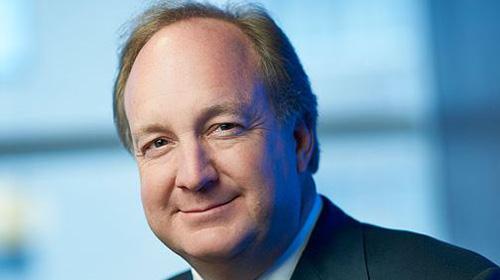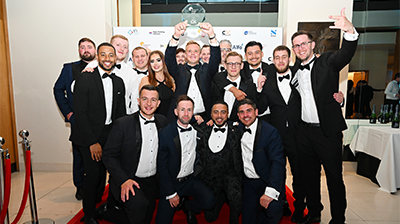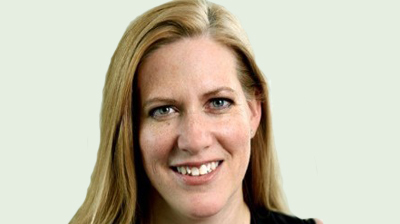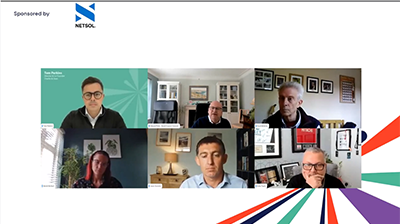
Necessity is the mother of innovation.
And we need a new circular economy model to build a truly sustainable business - as recognised by the world’s business leaders gathering at the World Economic Forum in Davos this year.
There, we are delighted to see that the circular economy is high on the agenda, including the vital question as to how to develop the new value chains that will underpin this. In our business, we are engaged in regular discussions with our partners, shaping new circular approaches such as second life markets, where goods are refurbished and marketed to new customers, extending the life of the product and building new revenue streams.
The fact is climate change and resource scarcity won’t go away unless we change things. More renewable energy usage and a smarter use of the planet’s resources is at the heart of the circular model, in which remanufacturing, recycling and reuse methods are adopted in greater number.
We will need this shift as the world gets ever more crowded and thankfully more people get wealthy enough to consume new goods and services – it is predicted there will be five billion middle-class consumers on the planet by 2030. This shift also promises to be highly profitable with research from McKinsey and the Ellen MacArthur Foundation calculating that circular business methods could generate a trillion dollars a year in cost savings.
At the foothills of the revolution
We are at the foothills of this revolution but we can see the need; and all the ingenuity we can muster will help get us there. One of the challenges in making this transformation is adapting the value chains that connect the world’s commerce networks for the circular process.
We need material flows that go around in closed-loop systems. We need to be able to take products apart easily and use all the materials when they are taken back. We need new reconditioning and remanufacturing models, driving new revenue streams in what we call the ‘second life’ market.
Underpinning all this will be more service-based approaches. Rather than owning assets, customers will lease them, getting the manufacturers to service and maintain them. They will take them back at the end of their first lifecycle and get them ready for their ‘second life’.
Being part of a business that provides solutions to underpin these new circular value chains, it is exciting to see them taking shape. In a wide range of sectors – healthcare, agriculture, industry and construction – we see lifecycle asset management arrangements taking root. It is bringing to life the dream of the circular economy visionaries who have long argued that we have to shift from an asset-owning culture to a service-based one.
The manufacturer stays in charge of the asset – be that an MRI scanner, forklift truck, combine harvester or truck – and can, with the help of the other partners in the value chain, plan how to extend the life of the products.
Prolonging the life
A major manufacturer of trailers that we work with is developing a successful refurbishing arm which prolongs the life of its products and reduces the costs for its customers. The CEO declares the new second life business has strategic value for its end customers.
These refurbishing businesses are also thriving in other manufacturing industries we work with such as forklifts and MRI scanners.
People’s attitudes are changing. We can begin to see a world in which users of expensive and vital heavy equipment in the construction industry, for instance, will be willing to lend out their machinery to other companies when they don’t need it. The ability to use assets like these more efficiently will be a huge boost to businesses and the economy.
We find that working with our partners closely in discussions about how to unlock the circular economy leads to solutions. In one case, our mobility arm Athlon initiated ‘the green tire debate’ where members of the tire supply chain, non-governmental organizations, customers and other stakeholders were brought together to increase the percentage of recycled tires, redesign the material composition of the future tire and set the stage for future discussions.
As a partner we have also experienced the power of working together in an initiative called the Circular Economy Challenge –initiated by our parent Rabobank – in which nine organisations from the food and agriculture industry and the automotive sector joined together in looking at ways to develop circular models. These invariably led to two key questions: how the partners in the value chain can agree to spread the extra costs involved in going circular and how to make it happen through innovative financial solutions.
Through collaboration and through working together with our partners through the value chain, we are finding we can make the shift to the circular economy.
Bill Stephenson is CEO & Chairman of the Executive Board of DLL






